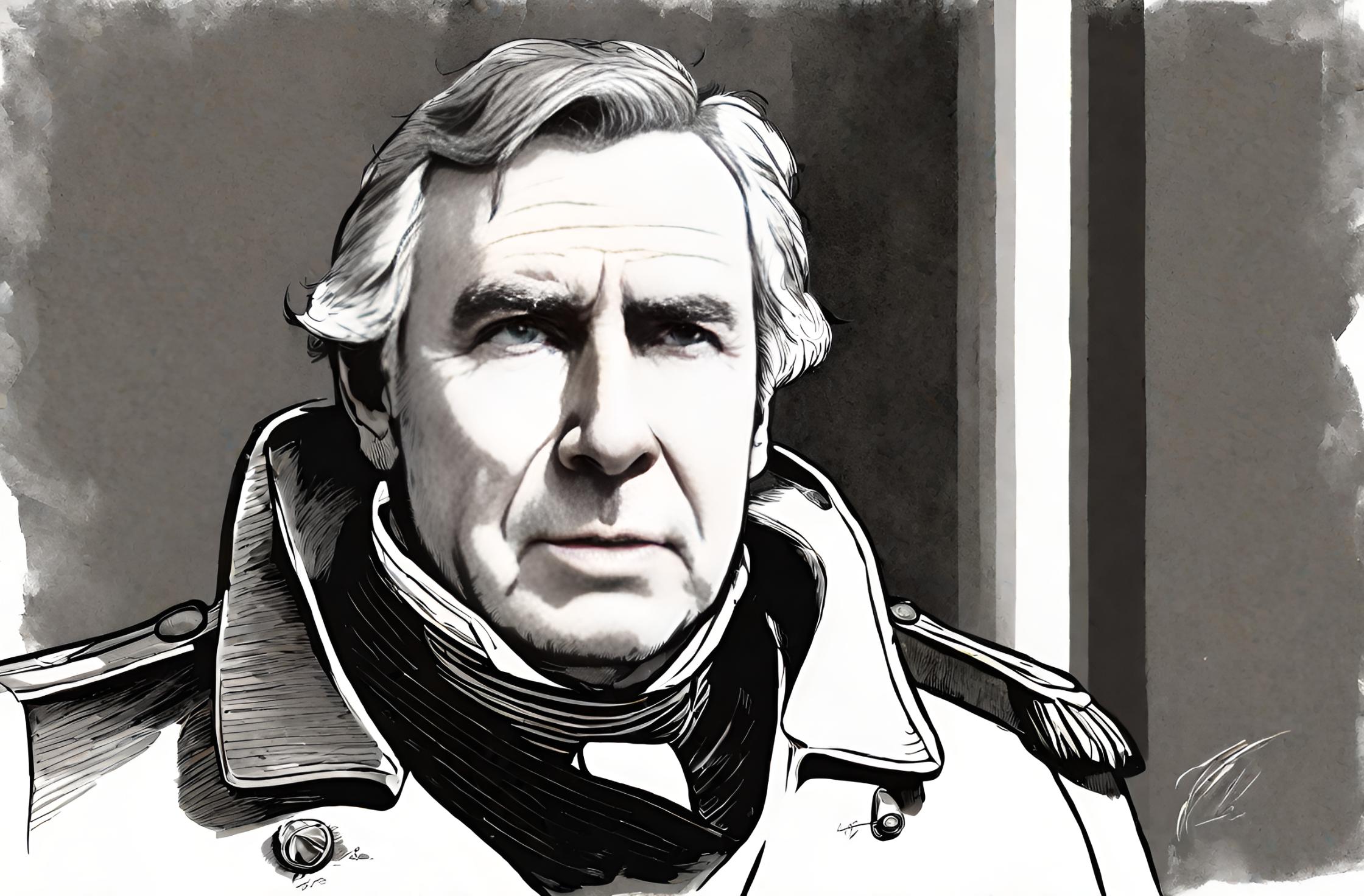Flashback to November 7
American History

Nestled in the heart of the United States, Denver, Colorado, is renowned for its scenic beauty, vibrant culture, and the breathtaking Rocky Mountains. However, on November 7, 1882, the tranquil harmony of the area was broken briefly when a 6.2 magnitude earthquake struck near Denver. This incident remains one of the most significant geological events in the state’s history, manifesting the tremendous power of natural forces.
As we look back at this earthquake near Denver, it serves as a stark reminder that no place is entirely invulnerable to seismic activity. Despite Colorado’s relatively mild earthquake history compared to the seismic chaos of the Pacific coast, this one significant event still provokes a degree of caution and preparedness among the locals and authorities alike.
The 6.2 magnitude earthquake struck the quiet surroundings of Denver on a cool November evening. The force was so considerable that it shook buildings, rattled windows, and left the population in a state of startled disbelief. Earthquakes of this magnitude are rare in this region, causing this particular seismic event to etch itself deeply in Colorado’s geological and community memory.
The reports from 1882 explain that the tremors were felt across a vast area, transcending the boundaries of Denver and affecting numerous other locations across the state. The sheer spread and intensity of the strike came as a surprise. Although significant damage was spared due to the sparse settlement and robust construction of the period, the 1882 earthquake near Denver did cause significant anxiety and stress among the population.
Studying this seismic event helps researchers better understand the geological potential of the Denver region. Even though a major earthquake in Colorado is an unusual occurrence, it emphasizes the need for ongoing monitoring and preparedness. Colorado’s Rocky Mountains are generally stable, but they’re not entirely immune to the titanic forces that shape our planet’s crust.
It’s crucial to note that the Denver metropolitan area has seen tremendous growth since the 1882 earthquake. The area that was once sparsely populated has blossomed into a thriving urban center. With such growth, the discussion around earthquake preparedness takes on an even more pivotal role. Although the likelihood of such a seismic event repeating itself is low, the potential consequences have undeniably escalated due to the increased population and infrastructure.
The story of the 1882 earthquake near Denver, Colorado, serves as a testament to the unpredictable and often overwhelming power of the natural world. It’s a chapter buried deep within the state’s history, often overshadowed by the tranquility and beauty of the landscape. But it shouldn’t be forgotten. Historians, scientists, and locals can learn much from this momentous event. It remains a humbling reflection on our shared past and a powerful symbol of the resilience and tenacity of the Denver population and the broader Colorado community.
Given the low frequency of such major seismic events in Colorado, the 1882 earthquake remains a mysterious anomaly. Yet the data collected from this incident continues to be an invaluable resource to the geological and emergency response communities. It highlights the need to keep refining our understanding of seismic behaviors and potential risk areas and underscores the importance of having robust safety measures, early warning systems, and emergency planning in place.
This historic geological event shows us that understanding our past allows us to better prepare for our future. In the serene setting of Denver, Colorado, the memory of the 1882 earthquake remains a potent reminder of the ever-changing, powerful, and sometimes unpredictable, nature of Earth’s movements.
the 1882 earthquake was a landmark occurrence that altered the perceptions of the people living in Denver and the surrounding regions. The lessons learned from this incident continue to shape policies, safety measures, and geological research, painting a vivid picture of the constant balancing act between human settlements and the unsleeping shifts of the Earth beneath our feet.
We strive for accuracy. If you see something that doesn't look right, click here to contact us!
Sponsored Content

Zachary Taylor is elected…
In the U.S. presidential…

Democrat Woodrow Wilson is…
In the significant 1916…

Near Denver, Colorado, a…
On November 7, 1882,…

US President Franklin Roosevelt…
In a history-defining event…

John Glenn returns to…
Celebrating the triumphant return…

Abolitionist Elijah Lovejoy murdered…
"Elijah Lovejoy, a renowned…

